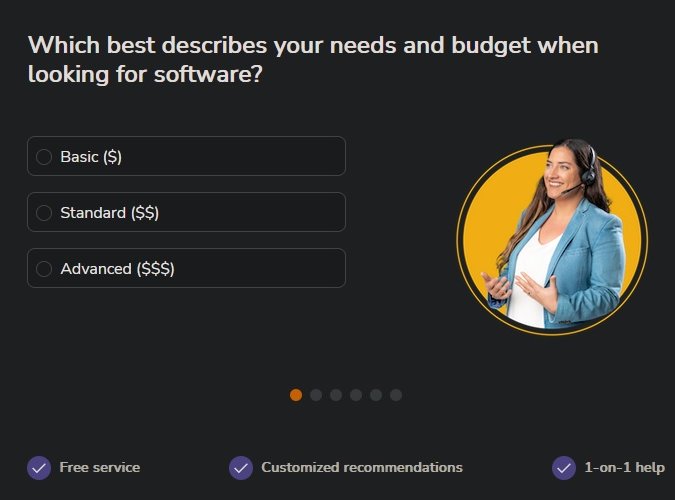Risk Management Software (RMS)
Risk Management System (RMS) software provides the frameworks, tools, and analytics needed to identify, assess, and mitigate risks across the electrification ecosystem. For EV manufacturers, battery gigafactories, EVSE networks, and energy providers, RMS platforms help anticipate disruptions in supply chains, operations, cybersecurity, compliance, and finance. By embedding risk models and automated monitoring, RMS software enables organizations to protect assets, maintain resilience, and ensure regulatory alignment in a rapidly evolving global market.
Key Functions of RMS Software
| Function / Feature | Description | EV-Specific Examples |
|---|---|---|
| Risk Identification & Assessment | Mapping operational, financial, and compliance risks across the enterprise | Lithium supply shortages, charging downtime, new regulatory mandates |
| Risk Scoring & Prioritization | Applying quantitative and qualitative scoring models to prioritize mitigation | Ranking geopolitical vs. cyber risks for gigafactories and EVSE networks |
| Mitigation Planning & Controls | Defining and implementing policies and controls to reduce exposures | Securing critical minerals supply, adding BESS redundancy for fleet depots |
| Incident Management | Capturing, analyzing, and resolving risk events in real time | Cyber breach at charging stations, battery safety incidents, wildfire outages |
| Regulatory & Compliance Alignment | Ensuring risk frameworks align with international standards and regulations | NERC CIP for utilities, SEC climate disclosure, EU CSRD risk reporting |
| Scenario Planning & Stress Testing | Modeling worst-case disruptions and organizational resilience | EVSE downtime during extreme weather, rare earth export bans |
| Integration with Enterprise Systems | Linking RMS with ERP, SCM, EMS, and QMS platforms for end-to-end resilience | Feeding risk data into supply chain traceability and energy management dashboards |
Role in Electrification
RMS software is the digital risk layer that safeguards the scale-up of EVs, charging networks, and energy infrastructure. By making risks visible and actionable, it helps organizations adapt to supply chain shocks, cyber threats, and other events while maintaining operational continuity.
Market Outlook & Adoption
| Rank | Adoption Segment | Drivers | Constraints |
|---|---|---|---|
| 1 | Battery Gigafactories | Critical minerals exposure, safety, and scale-up risks | High CapEx, rapid technology changes, fragile supply chains |
| 2 | EVSE Networks & Charging Operators | Cybersecurity, uptime, and demand response integration | Fragmented vendor ecosystem, uneven standards enforcement |
| 3 | Automakers & Tier-1 Suppliers | Supply chain resilience, product safety, ESG risks | Global logistics bottlenecks, recall liabilities |
| 4 | Utilities & Energy Providers | Grid stability, DER integration, compliance risks | Policy uncertainty, cyber and climate vulnerability |
| 5 | Fleet Operators | Charging availability, operational resilience, insurance alignment | Cost of redundancy, limited depot microgrid adoption |
Strategic Importance
- Builds resilience against geopolitical, cyber, and climate-driven disruptions
- Supports compliance with international risk reporting standards
- Protects investments in EV, BESS, and charging infrastructure from costly downtime
- Improves decision-making through stress testing and scenario planning
- Integrates with ERP, SCM, EMS, and QMS for a unified GRC framework
